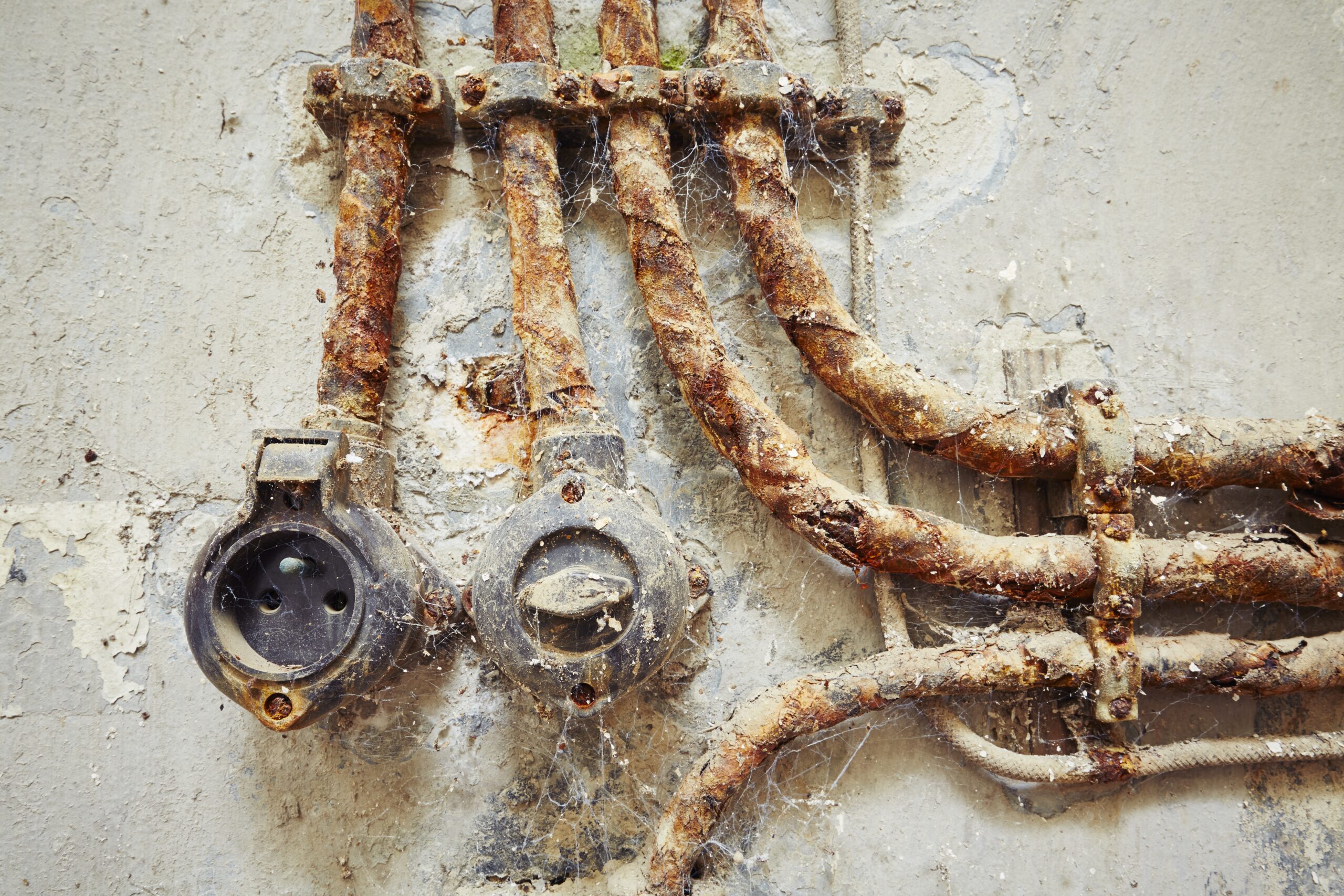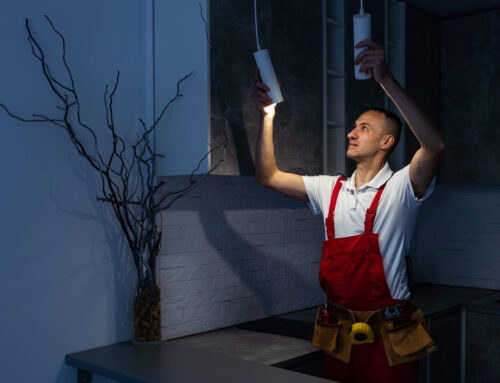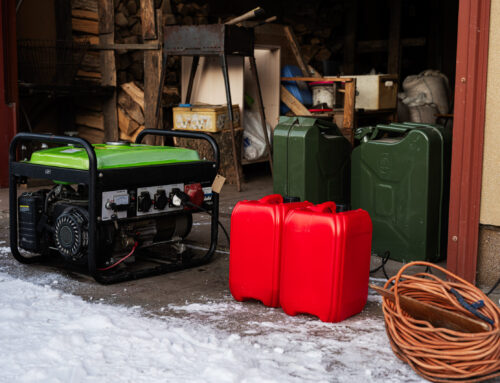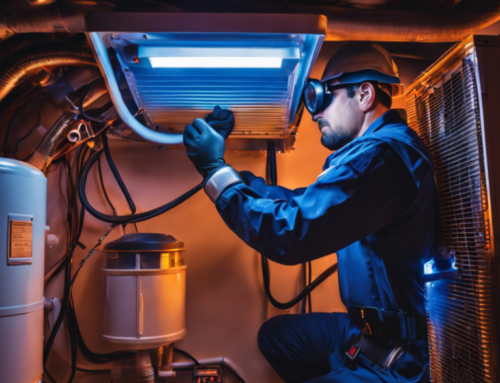Imagine this: you’ve just settled into a charming older home in Boca Raton, Florida, full of character and vintage appeal. However, behind the walls lies outdated wiring that hasn’t been touched in decades. One day, you notice flickering lights, overloaded outlets, or worse—your circuit breaker trips repeatedly. These are warning signs that your home’s electrical system might not be keeping up with today’s demands, putting your safety and comfort at risk.
According to the National Fire Protection Association (NFPA), electrical fires caused by outdated wiring account for more than 51,000 house fires annually in the U.S., resulting in billions of dollars in property damage and hundreds of fatalities. For both homeowners and commercial property managers, replacing old wiring is a critical step in ensuring safety, increasing energy efficiency, and preparing a property for the future.
At Boca Electrical Works, we recently worked with a homeowner in Boca Raton whose 1970s house had aluminum wiring—a common material back then but a known fire hazard today. After upgrading to modern copper wiring, not only did the homeowner experience peace of mind, but their home also became more energy-efficient and compatible with modern appliances. Let’s dive into why outdated wiring replacement is essential for both safety and functionality.
Why Outdated Wiring Replacement Is Essential
Outdated wiring isn’t just inconvenient—it can be dangerous, inefficient, and incompatible with modern technology. Below, we’ll explore why replacing outdated wiring is a smart decision for any homeowner or business owner.
Improved Safety and Fire Prevention
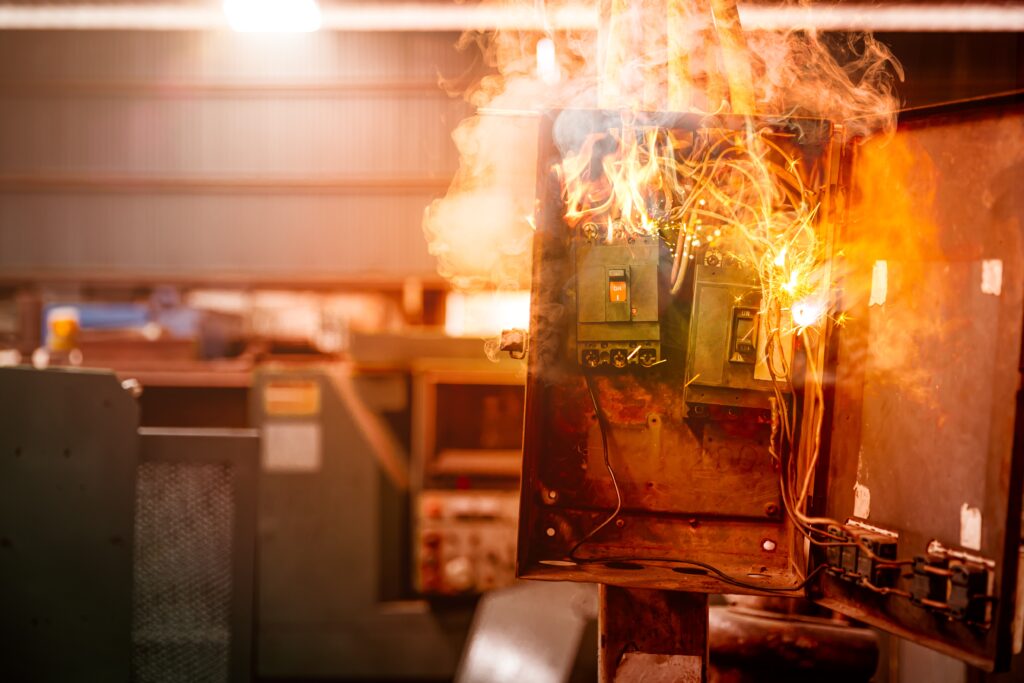
The most compelling reason to replace outdated wiring is safety. Electrical systems installed decades ago were not designed to handle the demands of modern appliances and technology. Over time, wiring becomes more vulnerable to wear and tear, leading to frayed insulation, loose connections, and overheating.
For example, homes built in the 1960s and 1970s often used aluminum wiring, which expands and contracts more than copper wiring, causing loose connections that can overheat and ignite. Similarly, knob-and-tube wiring, common in pre-1940s homes, lacks proper insulation and grounding, making it a significant fire hazard. By replacing these systems with modern copper wiring, you can dramatically reduce the risk of electrical fires.
Enhanced Energy Efficiency
Old wiring is often inefficient, leading to wasted electricity and higher utility bills. Outdated wiring may not have the capacity to handle today’s energy needs efficiently, causing voltage drops and energy losses. Overloaded circuits can also lead to frequent power surges, which can damage appliances and increase energy consumption.
Modern wiring materials, such as copper, offer better conductivity and durability. This means less energy is wasted during transmission, resulting in lower energy bills. For businesses, this can lead to significant cost savings over time, especially in industries where energy use is high.
Compatibility with Modern Appliances and Technology
Modern appliances and devices are far more advanced and power-hungry than those from decades past. Homes and businesses with outdated wiring often experience tripped breakers, flickering lights, or appliances that don’t function as intended. This is because the electrical system cannot deliver the power these devices require.
Upgrading your wiring ensures that your property can handle the energy demands of modern technology, from smart home devices to electric vehicle chargers. It also future-proofs your property, making it easier to add new technologies as they become available.
Signs That Your Wiring Needs Replacement
If you’re unsure whether your wiring needs an upgrade, there are several warning signs to look out for. Identifying these issues early can prevent dangerous situations and costly repairs.
Frequent Circuit Breaker Trips
Circuit breakers are designed to protect your home by cutting off power when circuits are overloaded. If your breakers trip frequently, it’s a sign that your wiring is struggling to handle the electrical load. This issue is common in older homes with outdated panels and wiring systems.
Flickering or Dimming Lights
Flickering lights may seem like a minor inconvenience, but they often indicate loose connections, damaged wiring, or overloaded circuits. These issues are particularly common in older wiring systems that weren’t designed for today’s power demands.
Discolored Outlets or Switches
If you notice burn marks, discoloration, or warm-to-the-touch outlets and switches, it’s a clear sign of overheating. Overheated wiring is a major safety concern and should be addressed immediately.
Buzzing Sounds or Burning Smells
Buzzing noises or burning smells near outlets or electrical panels are signs of serious electrical issues, such as faulty wiring or loose connections. If you experience these symptoms, turn off the power and call an electrician right away.
Two-Prong Outlets or Lack of Grounding
Homes built before the 1960s often have two-prong outlets without grounding, which are incompatible with most modern electronics. Replacing these outlets and upgrading the wiring provides safer, more reliable power delivery.
Benefits of Replacing Outdated Wiring
Replacing outdated wiring isn’t just about fixing problems—it also provides long-term benefits that enhance your property’s safety, functionality, and value.
Increased Property Value
Replacing old wiring is a valuable investment that pays off when it’s time to sell your home or commercial property. Buyers are often willing to pay a premium for properties with modern electrical systems, as they provide peace of mind and eliminate the need for immediate upgrades.
Enhanced Safety
New wiring eliminates common electrical hazards, such as frayed insulation, exposed wires, and overheating connections. This reduces the risk of fires, electric shocks, and other safety concerns, protecting your family, employees, or tenants.
Reduced Maintenance Costs
Outdated wiring often leads to recurring problems like blown fuses, tripped breakers, and malfunctioning outlets. Upgrading your wiring reduces the need for frequent repairs and extends the lifespan of your electrical system.
Future-Ready Infrastructure
Modern wiring systems are designed to accommodate advanced technologies, such as solar panels, electric vehicle chargers, and smart home devices. This ensures that your property remains functional and relevant for years to come.
The Process of Replacing Outdated Wiring
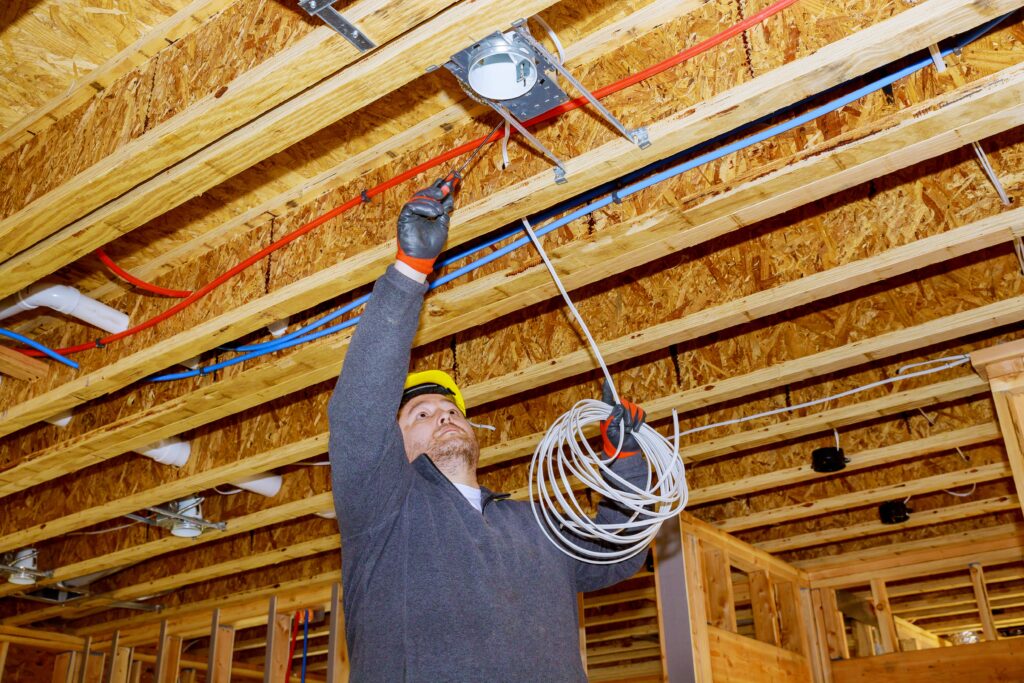
Replacing outdated wiring is a significant project that requires careful planning and professional expertise. Below is an overview of what to expect during the process.
Step 1: Inspection and Assessment
A licensed electrician will inspect your property’s electrical system to identify problem areas and determine the scope of the upgrade. They’ll also check for compliance with local electrical codes and assess your power needs.
Step 2: Planning and Permitting
The electrician will create a detailed plan for the wiring replacement, including material selection and any necessary upgrades to your electrical panel. Permits may be required to ensure the work meets safety standards.
Step 3: Wiring Replacement
During this phase, the electrician will remove the old wiring and install new copper wiring throughout your property. They may also update outlets, switches, and circuit breakers as needed.
Step 4: Testing and Certification
After installation, the electrician will test the new system to ensure everything is functioning correctly. You’ll receive a certification of compliance, giving you confidence that your system is safe and up to code.
People Also Ask
- How long does it typically take to replace outdated wiring in a home?
The duration varies based on the home’s size and complexity, but a full rewiring project usually takes between one to two weeks. This timeframe includes inspection, planning, installation, and testing phases. - Can I stay in my home during the rewiring process?
Yes, in most cases, homeowners can remain in their homes during the rewiring process. Electricians typically work on one section at a time, ensuring that power is available in other areas to minimize disruption. - Will rewiring my home increase its resale value?
Upgrading your home’s electrical system can enhance its resale value. Modern wiring ensures safety and accommodates contemporary appliances, making the property more appealing to potential buyers. - Are there financing options available for home rewiring projects?
Many electrical contractors offer financing plans or can recommend third-party lenders to help homeowners manage the cost of rewiring projects. It’s advisable to discuss payment options with your chosen electrician to find a solution that fits your budget.
How Can Boca Electrical Works Help You?
Are you concerned about the safety and efficiency of your property’s electrical system? At Boca Electrical Works, we specialize in outdated wiring replacement for both residential and commercial clients. Our licensed electricians have extensive experience upgrading homes and businesses in Boca Raton to meet modern safety standards and power demands.
Located at 158 NW 16th St #2, Boca Raton, FL 33432, we take pride in delivering high-quality electrical services tailored to your unique needs. From replacing aluminum or knob-and-tube wiring to upgrading your electrical panel, we’re here to ensure your property is safe, efficient, and ready for the future.
Call us today at (561) 235-2513 to schedule a consultation or learn more about our services. Let us help you transform your home or business with reliable, modern electrical solutions.


